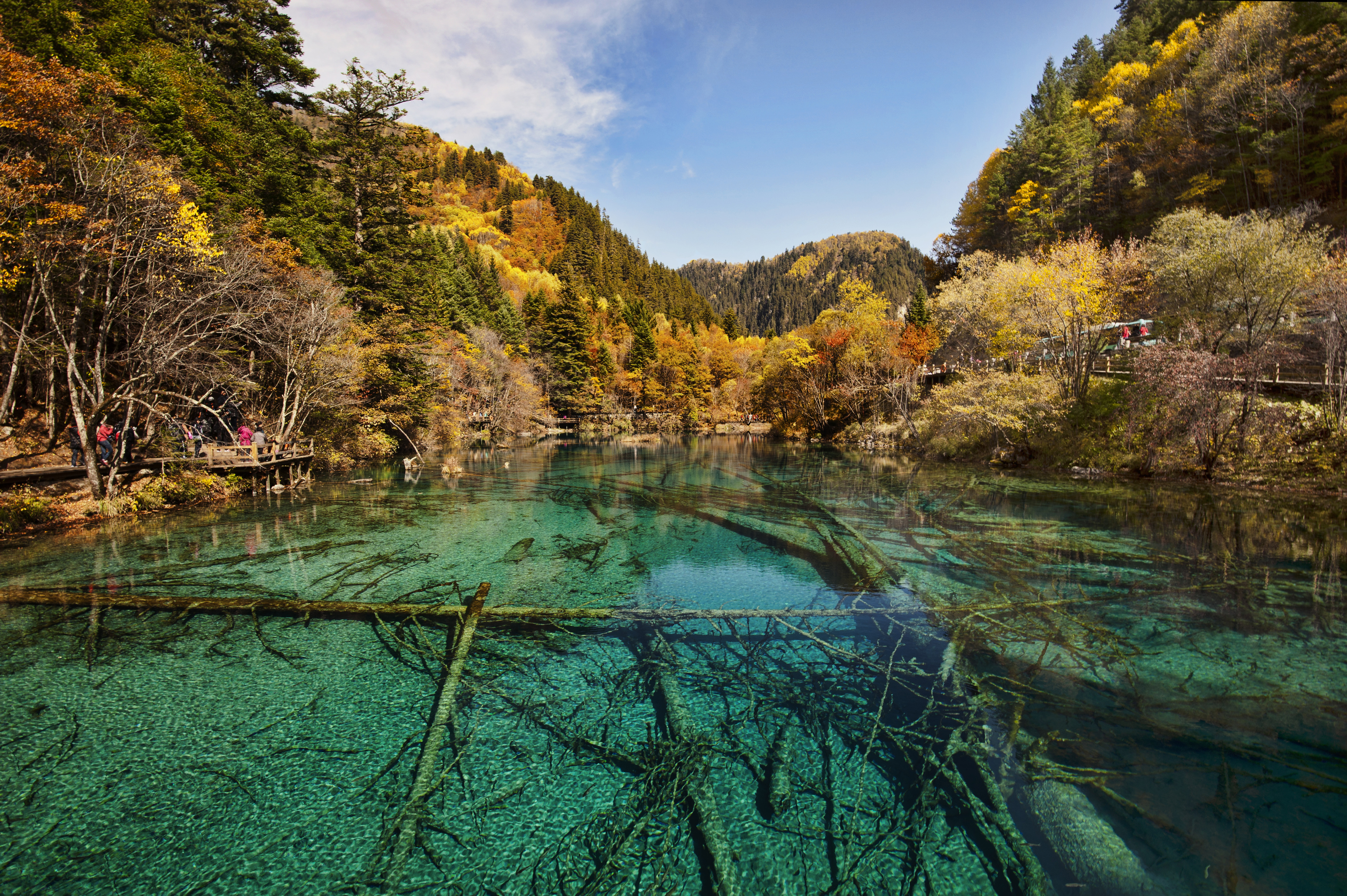
How Old is Jiuzhaigou Valley?
Jiuzhaigou Valley: A Timeless Wonder
Jiuzhaigou Valley, a place where nature's artistry reaches its zenith, is often perceived as ancient, a landscape untouched by time. While its natural formations have indeed evolved over millennia, the valley as a recognized and protected entity has a more recent history.
Location and Geography
Nestled in the Minshan mountain range of Sichuan, China, Jiuzhaigou, meaning "Nine Village Valley," lives up to its name. Nine Tibetan villages, some dating back centuries, dot the region, their inhabitants intrinsically linked to the valley's ecosystem.
| Feature | Details |
|---|---|
| Location | Sichuan, China |
| Nearest City | Songpan |
| Area | 600 to 720 km² |
Establishment of the National Park
Though inhabited and revered by local communities for generations, Jiuzhaigou's global recognition is relatively recent.
- 1978: The area was officially established as a national park, marking a turning point in its history. This move was crucial in safeguarding its unique beauty and rich biodiversity.
Geological History: A Story in Stone and Water
Jiuzhaigou's true age can be traced back millions of years.
-
Geological Formation: The valley owes its spectacular landscape to a combination of glacial, tectonic, and hydrological processes. Over eons, glaciers carved the valleys, earthquakes shaped the terrain, and water, the valley's lifeblood, sculpted the iconic travertine pools and waterfalls.
-
Travertine Pools: These vibrant, multi-hued pools are a testament to the passage of time. The water, rich in calcium carbonate, deposits layer upon layer of travertine, creating the mesmerizing, terraced pools that define Jiuzhaigou.
Cultural History: A Tapestry of Traditions
The human history of Jiuzhaigou is interwoven with the natural world.
-
Tibetan Culture: The valley is home to the indigenous Tibetan people, their culture deeply rooted in the land. Their traditions, beliefs, and practices reflect a deep reverence for the natural world, evident in their sustainable way of life.
-
Myths and Legends: Jiuzhaigou is steeped in mythology, with stories passed down through generations explaining the creation of its lakes, waterfalls, and mountains. These legends highlight the spiritual significance the valley holds for its people.
Conclusion
While Jiuzhaigou Valley boasts a geological history spanning millennia, its formal recognition and protection as a national park are relatively recent. Established in 1978, this move ensures that this natural wonder, a masterpiece of geological processes and a cradle of cultural heritage, will continue to inspire awe and wonder for generations to come.
FAQs
1. What is the best time to visit Jiuzhaigou Valley?
Autumn (September to November) is considered the most stunning time to visit, with vibrant foliage reflecting in the turquoise waters. However, each season offers a unique perspective on the valley's beauty.
2. Are there any accommodations available within Jiuzhaigou National Park?
Yes, there are hotels and guesthouses located within the park, allowing visitors to fully immerse themselves in the natural surroundings.
3. Is photography allowed in Jiuzhaigou Valley?
Absolutely! Photography is encouraged, but it's important to be mindful of the environment and refrain from using drones or disturbing the natural surroundings.